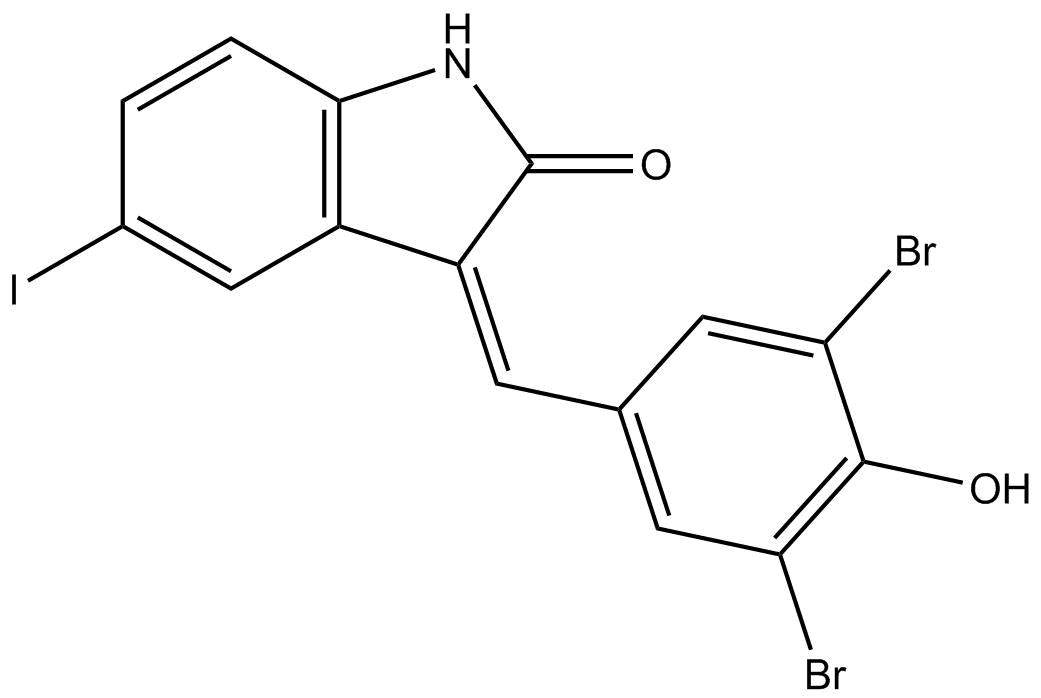Archives
Our educational indicator is years of schooling of the
Our educational indicator is years of schooling of the population over the age of 25 (the same as in Glaeser et al., 2004). Data is from Barro and Lee\'s (2013) Education Attainment Dataset. These variables are provided in 5-year intervals and the gaps are replaced by a linear interpolation. We also use the indicator of executive constraint (from Polity IV Data Series version 2010) and the economic openness indicator from the Penn World Table 7.0. These variables are both provided in 1-year intervals. The indicator of executive constraint ranges from 1 (unlimited authority) to 7 (executive parity or subordination). The openness indicator is trade (exports plus imports) as a ratio of GDP.
We also use the vector of latitude and longitude of country\'s capital as a geographical indicator. Latitude and longitude are proxies for initial endowments, climate and exposition to natural disasters. Data is from the website http://www.newstrackindia.com.
The use of variables not from UNIDO\'s INDSTAT 4 database reduces the number of countries in our data set because these variables are missing for some countries. Trade openness reduces the number of countries to 48, and the number of observations to 13,265; the executive constraints indicator reduces the number of countries to 38, and the number of observations to 11,363; the years of schooling indicator reduces the number of countries to 43, and the number of observations to 12,499. Finally, the use of all the three indicators reduces the number of countries to 37, and the number of observations to 11,098. A list of countries in each group is presented in Appendix A.
The underlying specification and a first look at data
Call υ the log of nominal labor productivity (nominal value added per employee) in industry i, country j and year t. The growth of labor productivity in real terms, Δy, is given by Δy=Δυ−π, where π is the increase in the industry-level deflator and the Δ before a variable denotes percent changes. Neoclassical growth equations are designed for country Sulindac sulfide cost (GDP per capita, country\'s savings, population growth, among others). To undertake the task of estimating industrial productivity growth, we need to adapt them for such a task. Rodrik (2011b) assumed that the growth in labor productivity in industry is a function of the gap between industry\'s productivity and its potential (the frontier technology), sowhere Δy is labor productivity growth (measured in US dollars) over some period and D is a dummy variable that stands for all time- and industry-invariant country-specific factors. The convergence (or growth) coefficient we are interested in is β.
Assuming a common global U.S. dollar inflation for each individual industry, π=π+ɛ, and that dollar inflation rates are not systematically correlated with an industry\'s distance from the technological frontier allow us to express the growth of nominal labor productivity as follows:
Re-arranging terms, we have the following estimating equationwhere D is a set of industry and period dummies. The more negative is β within a subgroup of countries, the stronger the estimated convergence among them. Or, the larger β, the larger the estimated productivity growth given its initial level. Rodrik (2011b) estimated different versions of Eq. (2). Rodrik (2011b, p. 8) argues that a test for unconditional convergence consists of estimating this equation with no country dummies and check whether the estimated convergence coefficient is negative and statistically significant. Tables 1 and 2 show the results. In Table 2, we weight each observation ijt by the inverse of the sampling probability of country j, so each country is equally represented. Note in both tables that the convergence coefficient is negative and statistically significant in all specifications with no country dummies (columns (1)–(4)) and the result hardly changes with the inclusion of period and industry dummies. The estimated convergence coefficient seems to be even stronger in the weighted regressions (in the case with period and industry dummies, it is −0.023 in the non-weighted specification and −0.030 in the weighted specification).
the sampling probability of country j, so each country is equally represented. Note in both tables that the convergence coefficient is negative and statistically significant in all specifications with no country dummies (columns (1)–(4)) and the result hardly changes with the inclusion of period and industry dummies. The estimated convergence coefficient seems to be even stronger in the weighted regressions (in the case with period and industry dummies, it is −0.023 in the non-weighted specification and −0.030 in the weighted specification).